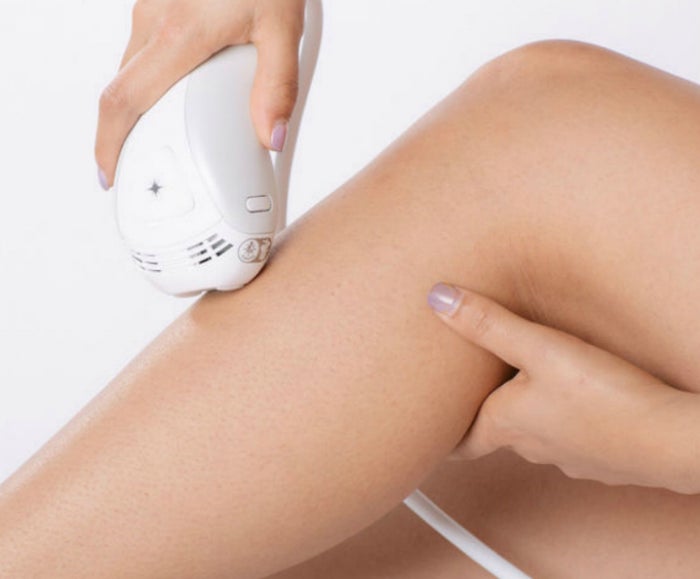
Ingrown hairs, those unsightly little bumps on the skin, happen to just about everyone—and they're universally unwelcome. These common blemishes often show up in the most uncomfortable places, such as the armpits or bikini area, after a fresh shave. But don't let them stress you out. Ingrown hairs are normal and benign, and you can treat them with a few simple methods, or prevent them altogether with a careful skin-care routine.
How Ingrown Hairs Form
When shaved hair grows back from the follicle, it has a sharp tip that usually curls a bit at the end when the hair is fully grown. When the pointy tip of the hair grows back into the skin, it causes a distinctively rounded, discolored bump to appear. These little bumps may occur in clusters, and each bump sometimes sports a pinpoint of hair in its center or a harmless, pimple-like bump. Because coarse, sharp-tipped hairs are more likely to become ingrown, you'll most often spot ingrown hairs in recently shaved, waxed or plucked areas.
Preventing Ingrown-Hair Formation
Those with thicker hair are more susceptible, but ingrown hairs happen to almost everybody. To prevent their formation, wet your skin thoroughly with warm water before shaving to help soften hair. When shaving, use a lubricating cream or gel and always shave in the direction of the hair growth to prevent the hair from growing back into your skin. If you use an electric razor, don't press it up against the skin, and shave in a circular motion. No matter what type of razor you use, leaving just a millimeter or two of stubble helps ward off ingrown hair. Though they come with a much greater investment, laser hair removal and electrolysis procedures serve as more intensive, longer-term solutions.
Options for Treating Ingrown Hairs
If left alone, ingrown hairs often fade away on their own, but you can easily nudge the process along a bit. If ingrown hairs become inflamed or irritated, gently cleanse the area with an exfoliating wash. If the hair is readily visible, wipe the affected area down with rubbing alcohol, and use sterilized tweezers to gently pluck out the hair. Use this tip sparingly, though, because frequent tweezing can damage the skin.
Signs of Infection—and What to Do
In rare cases, irritation or a buildup of dead skin cells cause ingrown hairs to become infected, which leads to swelling, minor pain and inflammation. When this happens, take a trip to your dermatologist. Typically, your doctor will recommend a tretinoin or steroid cream to help reduce skin plugging and thin out dead skin cells that worsen the effects of ingrown hairs. Otherwise, the dermatologist may prescribe a topical or oral antibiotic to ease the infection, or even remove the ingrown hair by making a small incision in the skin.
This article has been reviewed by board-certified dermatologist Dr. Emmy Graber.



































